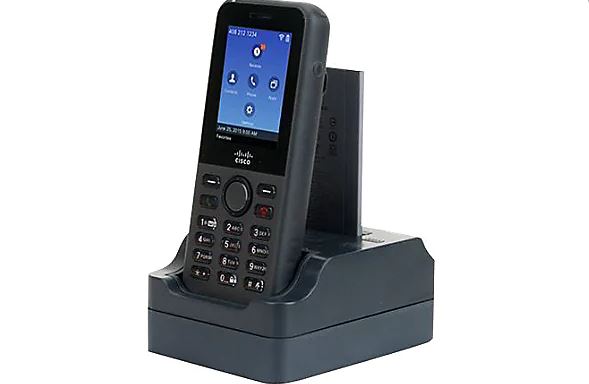ZCOVER Wireless Charger
User manual
Thank you for purchasing and using ZCOVER® ZDUWAUBK products. In order to receive the best wireless charging effect for your mobile phone or electronic products, please refer to the operation manual of your mobile phone or electronic products while reading this users’ manual, please make sure all receiving devices must have Qi-compatible wireless charging function.

ZDUWAUBK Users’ Manual
ZCOVER® ZDUWAUBK supports fast wireless charging function, which complaints with Qi® Wireless Charging Standard. Short distance wireless power transmission is realized by magnetic induction, which meets Qi Standard. All electronic devices with Qi-compatible wireless charging function can be charged with ZDUWAUBK wireless charger.
ZDUWAUBK connects with QC 2.0 Standard AC adapter it provides 5W power output, with overcharge protection, over-voltage protection (9V), and over-current protection (2A);
After 5V DC Power connected the LED indicator turn on the BLUE light, when the receiving device put on charging, the LED light turns RED, after the device fully charged the LED light off.
Method 1 Single Charger:
- Connect the ZDUWAUBK to ZCOVER 5V DC USB power adapter;
- Connect the matching power adapter to the power outlet supply, ZDUWAUBK LED light BLUE on;
- Place a Qi-compatible electronic device on the charging board, adjust device position, till the LED light from blink BLUE turns to RED, it stats wireless power transmission.
Method 2 Gang Charger:
- Place ZDUWAUBK on ZCOVER Dock-in-Dock® Power Base (up to 5 Bay) and fix it with screws;
- Connect the matching gang charger to the power supply (see the instructions for ZCOVER Dock-in-Dock Power Base), ZDUWAUBK LED light BLUE on;
- Place a Qi-compatible electronic device on the charging board, adjust device position, till the LED light from blink BLUE turn to RED, it stats wireless power transmission Note: all receiving device must have Qi-compatible wireless charging function
FCC statement
This device complies with Part 15 of the FCC rules. Operation is subject to the following two conditions: 1) this device may not cause harmful interference, and 2) this device must accept any interference received, including interference that may cause undesired operation. Note: This equipment has been tested and found to comply with the limits for a Class B digital device, pursuant to part 15 of the FCC Rules. These limits are designed to provide reasonable protection against harmful interference in a residential installation. This equipment generates uses and can radiate radio frequency energy and, if not installed and used in accordance with the instructions, may cause harmful interference to radio communications. However, there is no guarantee that interference will not occur in a particular installation. If this equipment does cause harmful interference to radio or television reception, which can be determined by turning the equipment off and on, the user is encouraged to try to correct the interference by one or more of the following measures:–Reorient or relocate the receiving antenna.–Increase the separation between the equipment and receiver.–Connect the equipment into an outlet on a circuit different from that to which the receiver is connected.–Consult the dealer or an experienced radio/TV technician for help. Changes or modifications not expressly approved by the party responsible for compliance could void the user’s authority to operate the equipment. FCC Radiation Exposure StatementThis device complies with FCC RF radiation exposure limits set forth for an uncontrolled environment. This transmitter must not be co-located or operating in conjunction with any other antenna or transmitter.This device must operate with a minimum distance of 15 cm between the radiator and user body.
[xyz-ips snippet=”download-snippet”]

